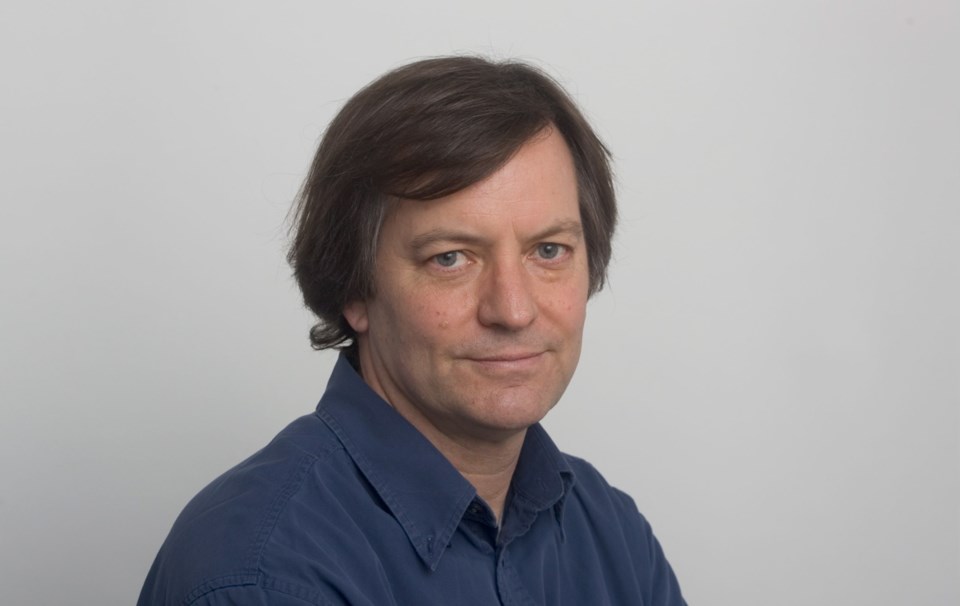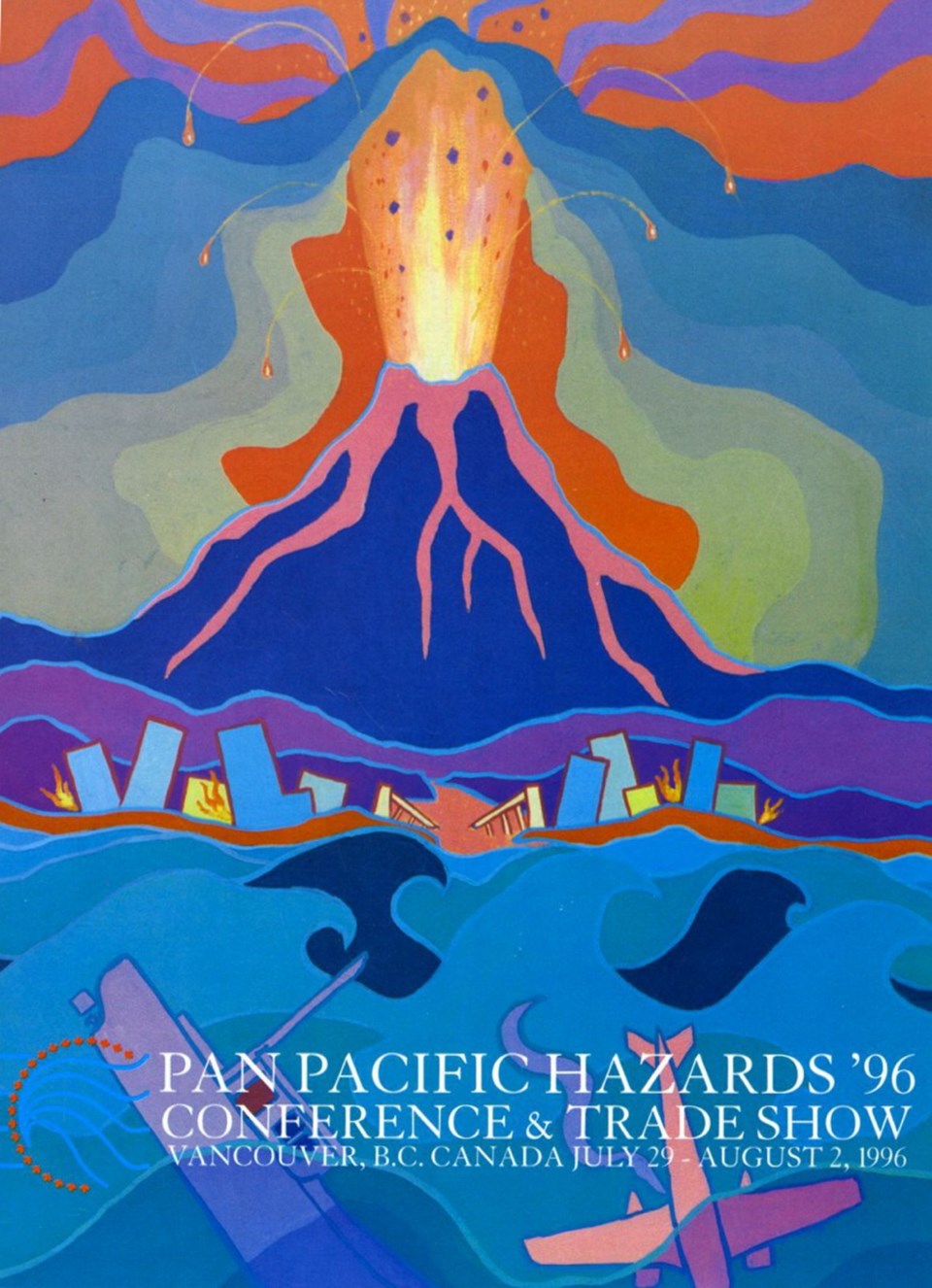 A few years back, Marnie Swanson, former chief librarian of the University of Victoria’s McPherson Library, received the papers of the Limners, a Victoria society of artists, for the University’s Special Collections and Archives.
A few years back, Marnie Swanson, former chief librarian of the University of Victoria’s McPherson Library, received the papers of the Limners, a Victoria society of artists, for the University’s Special Collections and Archives.
As that society was disbanding, they gave over their minutes, accounts, records and other papers to Swanson, who announced the university’s intent to be the archive of the art history of this region.
I was surprised and delighted by this bold move and told her it was the best news Victoria’s art world had heard in a generation. What other institution takes an active interest in the art history of Victoria?
Of course, Martin Segger, founding director of the University’s Maltwood Museum, collected both artworks (for the university’s art collection) and papers right from the start. He began with Katherine Maltwood’s own collection, which included not only her sculptures and art collection but, according to him, “tons” of her papers. Her sketchbooks, correspondence, notes on her collection and reviews of her own work were saved for future study.
Robin Skelton, first head of the university’s creative writing department, was widely connected in the British art world. Skelton was also a Limner and he donated materials to UVic’s growing collection on both subjects, for his papers included a terrific gathering of art and poetry. Another passionate follower of literature, Cy Fox, gave the university his extensive collection of materials relating to Wyndham Lewis and the British Vorticist movement, with many limited edition publications of the early 20th century.
One of the most significant depositions in UVic’s archives was the papers of early Victoria architect Samuel Maclure. When Martin Segger was researching his book on Maclure, he discovered a rich cache of Maclure’s drawings.
The university’s interest in architecture subsequently grew to include the papers of Victoria’s leading Modernist architect, John Di Castri, and recently the archive has received those of John Wade of the Wade Williams Partnership and other firms associated with it. Many of those firms were connected with the building of the University of Victoria.
Segger also discovered, in various locations, the papers of Richard Roskell Bayne (1827-1901), a British architect who worked in India and retired to Victoria. Bayne was one of the unsuccessful entrants in the competition to design the parliament buildings, though he did much good work. His huge collection of artworks, plans and papers, now at UVic, is rich with material for study and display.
UVic’s archives hold a remarkable collection of professional photographs of mid-century modern architecture in Victoria. These were rescued from the flea market in Sidney by Alan Collier, a dedicated and astute historian of that period, who identified the sites. More recently, the architectural photographs of Rob d’Estrube have found a home at UVic.
These collections are all based in the newly expanded McPherson Library, located in the Mearns Centre for Learning, where they are looked after by the Special Collections and University Archives. Director Lara Wilson presides over an elegantly appointed reading room, spacious offices and workspaces, state-of-the-art storage and plenty of undeveloped space. Her enthusiasm for the project is terrific, and Wilson is also president of the Canadian Council of Archives. In addition to the Artists Archives, UVic’s Special Collections also has the largest gathering of transgender material in the world, and a huge collection of anarchist papers. But it’s the artists who fascinate me.
The late artist Jack Wise left a wonderful horde of art and writing. These papers were located by Nicholas Tuele and, during 10 years following that artist’s death, Tuele pursued them with tact and diligence until they were deposited at UVic. Not only Wise’s letters and clippings are here, but also his “secret diary” and hundreds of his drawings and paintings, which he had specifically assembled for future research.
Ted Harrison’s biographer, Katherine Gibson, rescued boxes and boxes of Harrison’s papers when that “artist-laureate of the Yukon” moved from his Oak Bay home, and these have created a terrific legacy for study. The Harrison papers include his business correspondence with more than 20 galleries, editorial cartoons and poems and personal letters. There are family photos, slides of his work, and even his hat, sweater and paint-encrusted apron, all items that show the artist in a way that will be invaluable to future historians.
The papers of Margaret Peterson are there, too, all 16 boxes of them. Peterson was an artist of huge reputation during her early years in Berkeley, California, and later in Victoria. But she has been largely overlooked since her death in 1997. Years ago, the university received the papers of her husband, writer Howard O’Hagan, and owns many of her paintings. With the recent gift of her papers from her estate, her photos, her love letters and her voluminous writings give us the chance to study her in such a way that her reputation is properly secured.
During the past year, the papers of UVic graduate Glenn Howarth came to Special Collections. Howarth was a singularly talented painter and a powerful intellect. During his life it seemed hard to understand the ideas behind his complex work, but now with access to his sketchbooks, scrapbooks and writings, our insights into his paintings will be firmly grounded.
Faculty member and painter Sandra Meigs has made her papers available in the Artists Archives as well.
The art history of Victoria is not really taught at UVic, and the materials for its study have rarely been saved, much less made available. But at the moment, the papers of many other artists are being located and considered, especially those who were staff or graduates of the university and whose careers will make good subjects for research by students.
Chief librarian Jonathan Bengtson, successor to Marnie Swanson, is to be congratulated for his support for this valuable initiative. And to celebrate the university’s 50th anniversary, citizens of Victoria are now offered a library card for use of the McPherson Library, free of charge. What a wonderful way to bring “town and gown” together.
For information about Special Collections events, visit timescolonist.com/ uviclibrary.
This is a corrected version of an earlier story.
